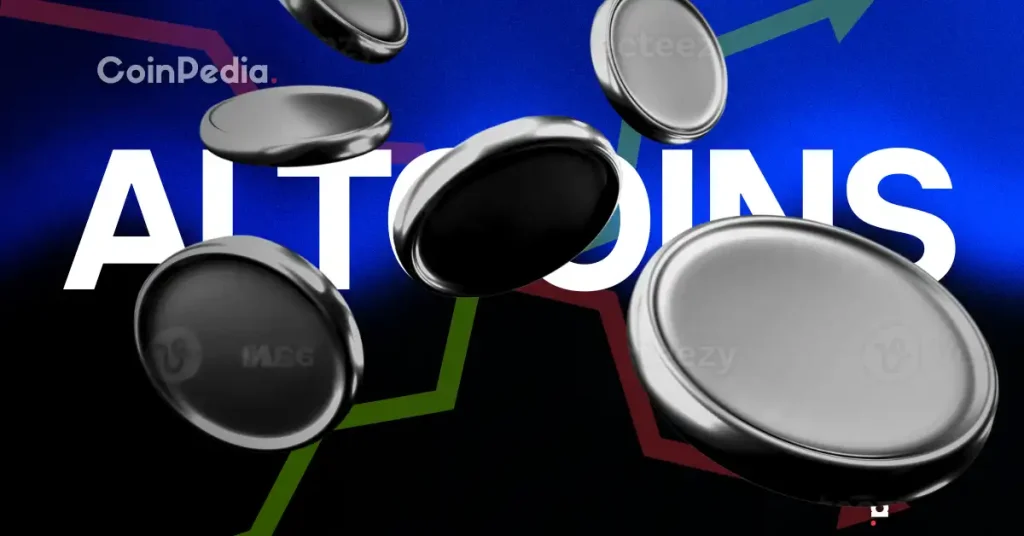In the face of a turbulent economic landscape, understanding the Federal Reserve’s future maneuvers presents a daunting challenge. The current scenario is marked by unprecedented uncertainty, resulting in difficult interpretations of forthcoming economic developments. Recent statistics introduce a dichotomy, showcasing both optimistic and troubling signs.
What Awaits in 2025?
Interest rates remain constant, reflecting a mixed view of the U.S. economy. Though promising metrics generate hope, underlying economic fragility remains. Meanwhile, the influx of funding into artificial intelligence and robust household wealth obscure concerns over trade tensions.
Despite encouraging numbers, complexities remain. Fed Chair Powell’s indecisiveness regarding potential impacts of tariffs on growth and inflation suggests caution, delaying decisive action by two months, with no commitments for September.
Today’s rate determinations might inadvertently lead to extended hikes akin to recent patterns, potentially exacerbating inflation issues. Nonetheless, employment weaknesses are seen as more controllable; fiscal stimulants could expedite recovery. Thus, taking a wait-and-see approach is viewed as the lesser risk.
Assessing Employment Strength?
Upcoming data should provide clarity, however, Neil Dutta of Renaissance Macro Research argues that unemployment figures fail to fully represent labor market health.
Unseen in earlier reports, many workers have lowered wage growth expectations. Several industries struggle to generate new employment opportunities. Fed Member Waller, who foresees potential leadership changes, pointed out these challenges in a recent statement:
“Unemployment stability can’t mask shrinking labor demand.”
Is Powell aware of these nuances? Yes. Although unemployment seems stable, labor market dynamics reveal a contraction, signifying risk. Yet, these issues are perceived as less pressing than inflation, prompting the Fed’s measured vigilance.
Is Spending Slowing?
According to the Bank of America Institute, there has been a three-month downturn in expenditure on leisure activities — a first since 2008. Lower-income groups are cutting back on credit use amid rising essential costs, leading to reduced discretionary spending.
Liz Everett Krisberg from the Bank of America Institute noted,
“Consumer demand is fading but hasn’t frozen.”
Furthermore, declining home investments and rising stock levels indicate hesitancy to purchase homes at elevated mortgage rates.
- Cryptocurrencies are likely to decline during the Fed’s two-month observation period.
- A major Fed rate cut this year remains improbable, suggesting continued monetary tightness.
- Bitcoin is currently trading below $118,000, with August expected to provide further insight into the Fed’s rate decisions.
Bitcoin’s pricing dynamics over the coming month will illustrate whether the Fed’s avoidance of rate cuts aligns with current economic conditions, reflecting broader market impacts of their policies.
Disclaimer: The information contained in this article does not constitute investment advice. Investors should be aware that cryptocurrencies carry high volatility and therefore risk, and should conduct their own research.
















 English (US)
English (US)